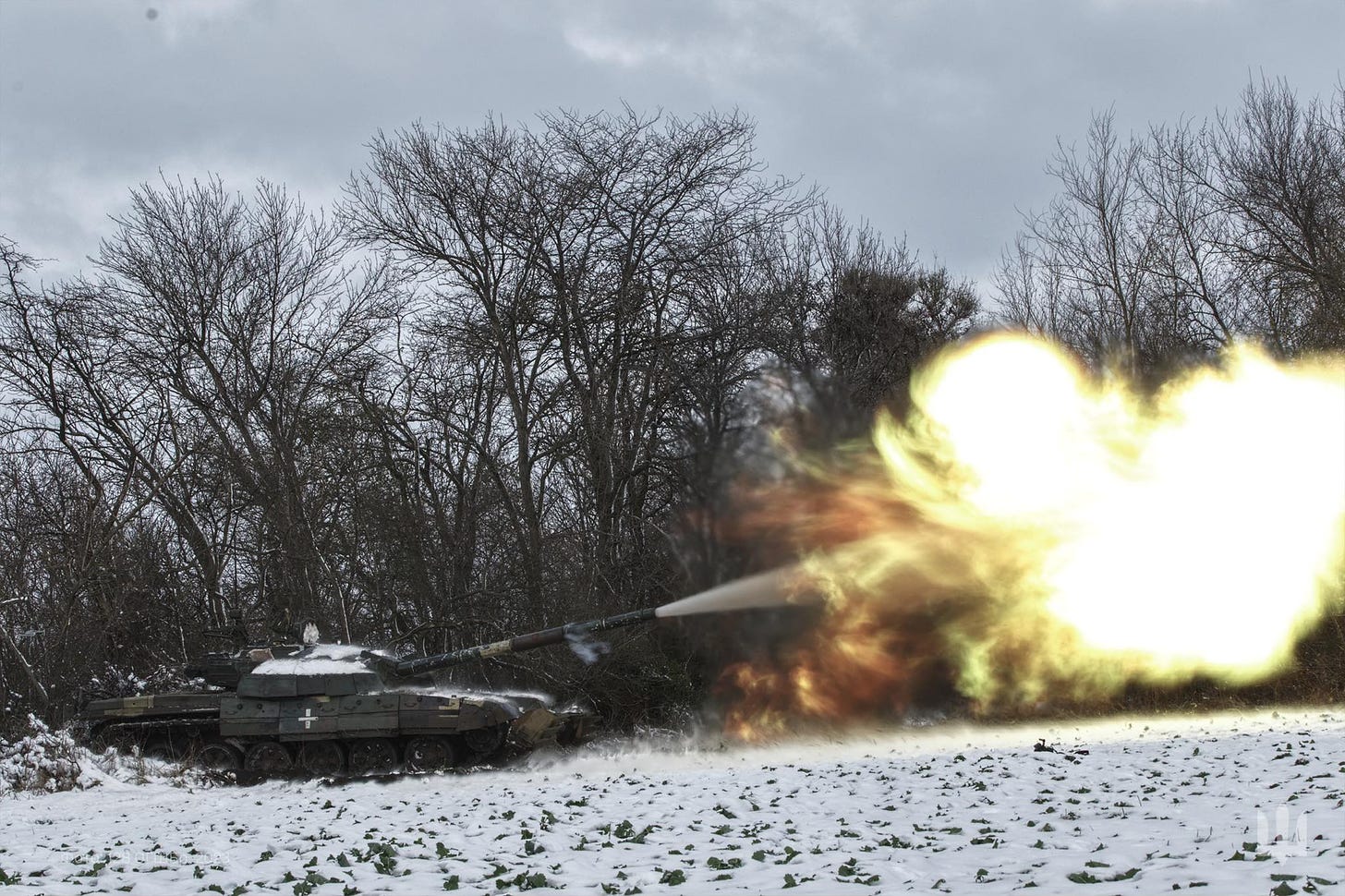A Ukraine War 2023 Post-Mortem, Part 1
A Final 2023 Assessment of Ukraine’s Multi-dimensional Campaigns

This is article is part one of a two part series that undertakes an initial post-mortem of Ukraine’s 2023 operations to defend itself and eject Russia’s occupying forces from Ukrainian territory.
Over the past few months, there has been a vigorous debate about the progress or otherwise of the Ukrainian 2023 counteroffensive. A variety of articles have been published that have examined, in the main, the planning and execution of the Ukrainian southern offensive which commenced in June 2023.
The most recent of these retrospectives was a two-part series in the Washington Post, which explored the planning and conduct of the southern offensive by Ukraine. It described differences in opinion and operational culture between American and Ukrainian planners. Perhaps the most important assessment of Ukraine’s campaigns in the past few months however was the interview and nine page report, published by The Economist, by the Ukrainian commander in chief, General Zaluzhny.
There is now a sense of gloom in many Western capitals about the current situation in the war. This is somewhat different to the beginning of 2023. As the Washington Post describes:
The year began with Western resolve at its peak, Ukrainian forces highly confident and President Volodymyr Zelensky predicting a decisive victory. But now, there is uncertainty on all fronts.
2023 commenced with a change in Russian overall commanders. General Surovikin, architect of the southern defensive belt that has proven so effective (and which is now named after him) was replaced by General Gerasimov. Gerasimov wasted little time in launching an offensive in eastern Ukraine. This offensive, which has continued sporadically throughout the year, has been largely held off by the Ukrainians. It has gained some ground but also wasted a huge amount of Russia’s human and physical resources. However, it will have provided vital battlefield experience to a new generation of Russian army leaders who are replacing the many killed in 2022.
As the Russian eastern offensive got underway in January, the Russians were also conducting a strategic strike program against infrastructure targets across Ukraine. This led to widespread power blackouts and hardships for the people of Ukraine. And it allowed the Russians to test and adjust the mix of high-end missiles with lower cost Iranian kamikaze drones, experimentation that they are sure to learn from for their 2023 winter strikes campaign.
And in the south, the Russians continued to dig in and construct bunkers, tunnels, trenches, and minefields largely unmolested.
On the first anniversary of the Russian 2022 invasion, President Zelensky gave a speech to his people that celebrated their courage and resilience over the preceding year. He described how “We have become one…We were not defeated. And we will do everything to gain victory this year!” In a separate tweet that day, Zelenskyy promised that “2023 will be the year of our victory!”
The citizens and soldiers of Ukraine, and their supporters in the West, certainly hoped so. But as John Vaillant has written, “hope is a human construct, a coping mechanism in the face of uncertainty that holds no sway in the natural world.”
Keep reading with a 7-day free trial
Subscribe to Futura Doctrina to keep reading this post and get 7 days of free access to the full post archives.



